Reading time: 12 minutes
With the unfortunate cancellation of the 2022 Air Tattoo at RAAF Base Amberley, Qld, Team Aviation Report nonetheless made the pilgrimage from Melbourne to assess the works completed at the Aviation Heritage Centre since our last visit in the ‘teens.
By Dion Makowski.

It is clear a lot has occurred since our visit here a decade ago. The Mirage is gone – to a good home at the Aviation Heritage Centre at Garbutt (RAAF Townsville), as Amberley AHC focuses on RAAF history and heritage in the south east Queensland area, post-establishment of the base during WWII. Interestingly, the Centre precinct includes several WWII-era Bellman hangars, recognisable to former maintenance personnel as having been part of the original F-111 maintenance precinct.
Our only disappointment was to discover that, for a military-warbird focused audience, progress on the Anson restoration (their current project) was not accessible to us on the day as it is located elsewhere on this operational base which is itself undergoing upgrade (reflecting the wider transition of bases in Australia to joint-user configuration as well as bringing on line sophisticated systems requiring high-tech, secured facilities in this era of heightened aggression in the Indo-Pacific and Amberley’s critical role in Air Force’s organisation).
The Pig Farm

The refocussed AAHC, managed under the auspices of Air Force History and Heritage Branch, is represented in the F-111 FLAME ON theatre special effects show in Hangar 277 – which aims to present the memory of the F-111 operations and airshow spectacle to a newer, younger audience – is equally enjoyable to those who recall the aircraft in service.

The show’s premiere, which was held on this day, included a marvellous “value add”, of Air Vice-Marshal (Retd) Dave Roger’s personal account of capsule ejection from F-111C A8-141 into water at Auckland Harbour following a wheel well fire on 25th October, 1978 – a highlight when former AVM Rogers gave this address in person in front of the same crew module , which he was later “tasked” to sign on the day – indeed an entire segment of the theatre presentation was devoted to F-111 capsule ejections.

For the serious military aircraft enthusiast or ex service personnel, Hangar 277 will become a point of pilgrimage where visitors will see what Aviation Report considers the best F-111 museum display in Australia – perhaps should be labelled the Reconnaissance exhibit?. A8-126 the prototype RAAF RF-111C (the writer’s preferred version) which gave the final handling display and “dump-and-burn” in F-111 history – at the retirement day in 2010, is beautifully presented here with its reconnaissance bay open.

In front of the “Pig” is AGM-142E (Popeye/ HAVE NAP, depending on the user) standoff guided missile (with 50 Nautical mile range, as carried in the upgraded F-111C fleet in Australian service from 2008)
http://www.ausairpower.net/TE-AGM-142-SOW.html
No less than two F-111C crew modules once used as former recruitment/procedural trainers are on display here including that of Dave Roger’s A8-141 and also A8-137 (from an aborted takeoff and ejection on the base at RNZAF Ohakea in 1979).

There is an F-111 nose and tail section from 137 displayed without panels, showing radar and avionics equipment, a pristine PAVE TACK laser guidance system and F-111C EL/L 8222 self-protection Jamming Pod by IAI ELTA as well as the most important F-111 Reconnaissance cameras, photo-interpretative equipment and the maintenance bay exhibit (RAAF STT Wagga 75th Anniversary exhibit), set up with F-111 components in work stands. Elsewhere, an F-111 TF-30 engine is displayed undercover.

It’s about the stories…
There are many stories described in the aircraft and exhibits shown at the Heritage Centre, and Aviation Report is informed that amongst the most popular is the RAAF working dog display, which has a prominent place facing the entry to one of the main display hangars….


Most exhibits are now displayed undercover and imminently photographable including the Caribou under the carport and some visitors were surprised to find a recent acquisition in the form of the late Laurie Ogle’s Lockheed 10A Electra VH-UZO, one of Reg Ansett’s first aircraft (and surely deserving of inclusion in a national collection). It turns out, Sidney Cotton – one of Australia’s important aviation pioneers on the world stage, grew up in Brisbane and the aircraft is intended to serve as a talking-point to his use of Lockheed 12As for aerial reconnaissance over German industrial centres before the outbreak of WWII. (Cotton also registered the “Sidcot Suit” was invented by him, as was the tear-drop side window). The 10A was Flown as G-AFTL in connection with the production of a video documentary in 1999:
https://www.adastron.com/lockheed/electra-12/sidcotton.htm

Other significant airframes include the Douglas A-20G Havoc “The Hell ‘N Pelican II” retrieved from Papua-New Guinea and restored at Amberley, Australian Army Pilatus Turbo-Porter and in the first hangar, former 9Sqn Vietnam veteran Bell UH-1H Iroquois or “Huey” (on permanent loan to AAHC from 9Sqn Association), Blackhawk and Bell 47G Sioux helicopters.

Training at Amberley is featured prominently with several simulator/procedural trainers (Link D4, Kiowa Helicopter, C-130E and the F-111 capsules mentioned earlier) and two Canberra Bombers – one an Australian-Built GAF B.Mark 20 version with an exemplary pedigree (having flown in Malaya on the first jet bombing mission and in Vietnam as part of the 35th TFW) , the other a British-built T.Mark 21 aircrew trainer allocated to RAAF in 1951 which flew with the RAAF Laverton-based Long Range flight and Aircraft Research and Development Unit (the other ARDU). (One could expand this list to include the Sopwith Camel replica painted in the markings of the WWI Australian Training Wing and the CAC Winjeel trainer).

Other notable exhibits include a flying Commonwealth (CAC) Boomerang, Commonwealth Sabre, Douglas C-47B Dakota and the vertical stab off 6 Squadron’s F-111G A8-274.

There are various important engine types, versions of Army Landrover (an FJ40 modified for a royal visit and an (edited) RAAF Airfield Defence guard (ADG) SRV 100 Long Range penetration version) and a recently-restored Ford Canada Blitz Truck.

Not all exhibits are displayed in the Heritage Centre, with the first Australian-built Canberra bomber displayed at the old front gate, now well within the premises and off-limits to cameras, whilst F-111C A8-138 (Pave Tack) is seen at the front gate – proper, next to the car park.

Not all items are actual aircraft or even components and we were given rare access to the RAAF mural, painted in 1970 by Sydney artist Charles Billich, in the form of four panels which used to adorn the wall of the (now) old Officer’s Mess foyer until rescued and removed for preservation in the Base Headquarters building. Again, we were fortunate to be shown this and other the amazing artefacts retained there and particularly wish to thank Warrant Officer Ah Sam for his time and enthusiam whilst showing us this exhibit late in the day!

There is a defined, professional display ethic applied to the exhibits these days at AAHC and quality restoration is evident in the finished exhibits observed. We thoroughly recommend a visit to this premises, and hope scheduled open days will allow the general public to explore Air Force’s heritage, connect veterans and their families with Air Force History & Heritage Branch whilst also providing a tourism dividend for the Ipswich area of south-east Queensland.

Aviation Report would like to thank the management and staff of Air Force History and Heritage Branch, for their commitment to continue with the reopening of the Heritage Centre as planned for the Air Tattoo invited veterans and ourselves could experience the upgraded precinct. We wish to thank Group Captain David “Freddo” Fredericks, Squadron Leader Anna Williams, Flight Lieutenant Karyn Markwell, Darryl Purdon (Squadron leader (retd)who put together the theatrette show and the many staff who gave up their weekend for this. We had escorted visits including to view the RAAF mural at the HQ Building, Amberley.
(As always, kindly note the views expressed in this article are those of the writer alone and do not reflect RAAF policy unless otherwise credited to a comment by an authorised spokesperson).
Identified Airframes on display 29.10.2022

Bell 47G-3B-1 Sioux A1-738
Bell UH-1H Iroquois A2-771

Commonwealth Boomerang A46-206 MH-Y
Commonwealth CA-25 Winjeel A85-406
Commonwealth CA-27 Sabre A94-962
De Havilland Canada DHC-4 Caribou A4-236

Douglas A-20G Havoc 42-86786
Douglas C-47B A65- 86 (c/s VH-RFC)
English Electric Canberra T. Mark 21 A84-125
English Electric (GAF) Canberra B. Mark 20 A84-201 (gate)
English Electric (GAF) Canberra B. Mark 20 A84-242
General Dynamics RF-111C A8-126
General Dynamics F-111C A8-138 (front gate/carpark)
Lockheed 10A VH-UZO
Pilatus Turbo-Porter A14-704
Sikorsky S-70A-9 Blackhawk A25-105
Sopwith Camel (R) ‘B9248’ (Australian Training Wing markings)

Major components/simulators:
Bell 206 Kiowa A17-056 procedures trainer

GD F-111C A8-137 module

GD F-111C A8-137 Nose section
GD F-111C A8-143 module
Link D-4 ground-trainer A13-128
Lockheed C-130E crew simulator module

Restoration
Avro 652A Anson I W2472 (inaccessible)

This article was originally published in The Aviation Report.
Articles you may also like
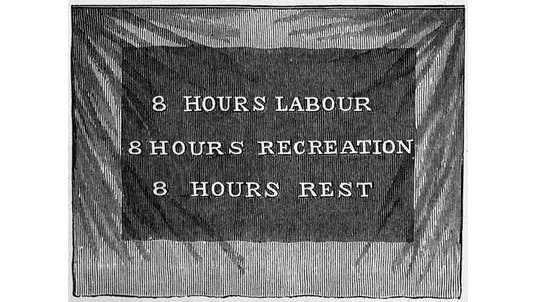
Why Do We Have an 8-Hour Working Day?
Reading time: 3 minutes
The working day as we now know it was the result of international, cross-industry labour efforts from workers, unions and activists, spanning well over a century of campaign, unrest and even death. The Industrial Revolution, with the spread of electrical lighting and extremely low hourly wages, had ended the traditional, rural working patterns of sun up to sun down, and meant that in some industries workers were forced to endure up to 18-hour shifts.
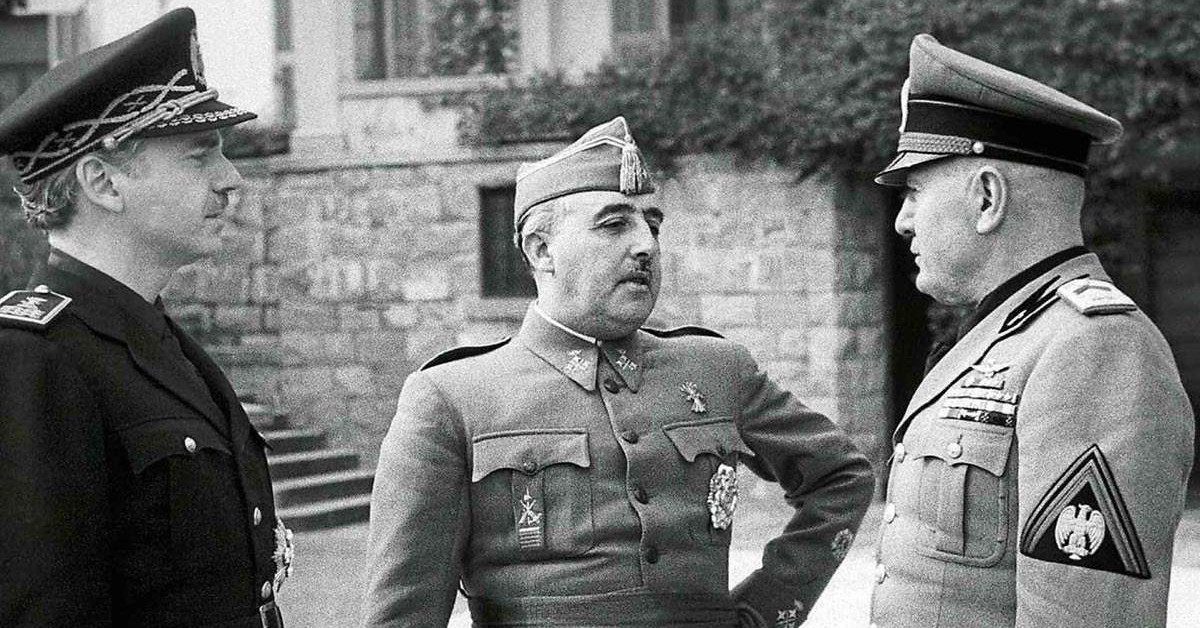
The Blue Division: Franco’s Soldiers on the Eastern Front
Reading time: 12 minutes
From 1939 to 1945, scarcely one of the 99 countries on Earth went untouched. Just 14 nations remained neutral throughout the Second World War, and even those couldn’t completely escape the gravity well of war.
Nor did they all want to. A prelude to the European war – bloody, massive, and unspeakably destructive – had played out in Spain from 1936 until just a few months before Germany invaded Poland in the fall of 1939.
This article is published with the permission The Aviation Report.

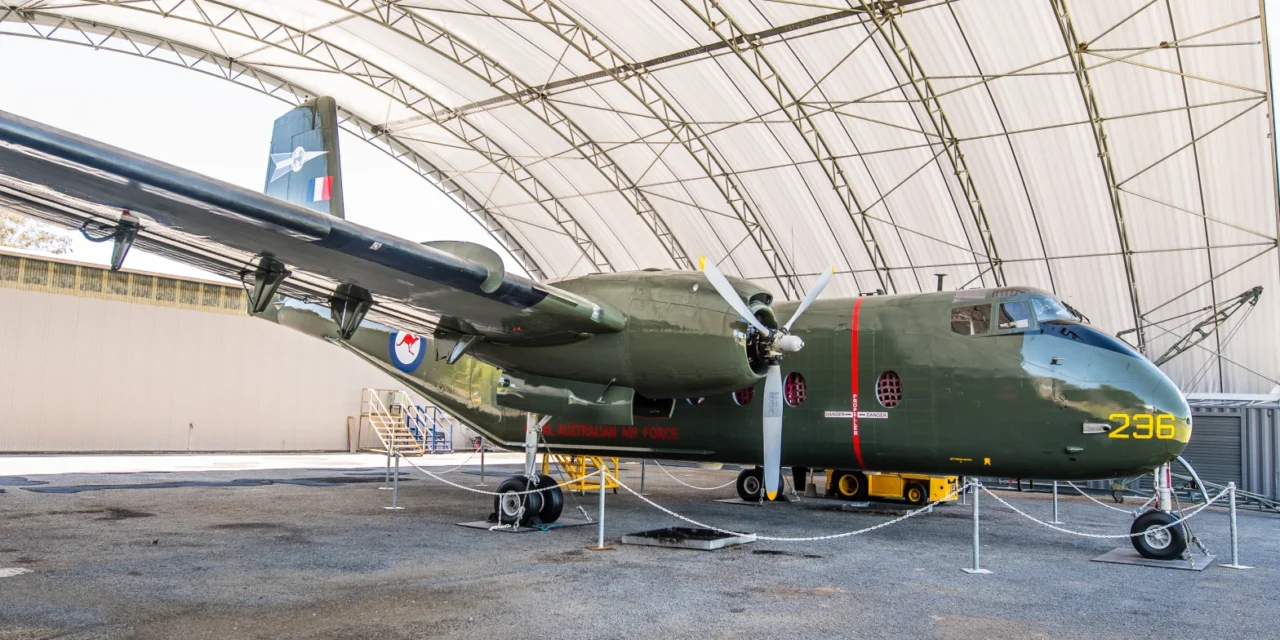
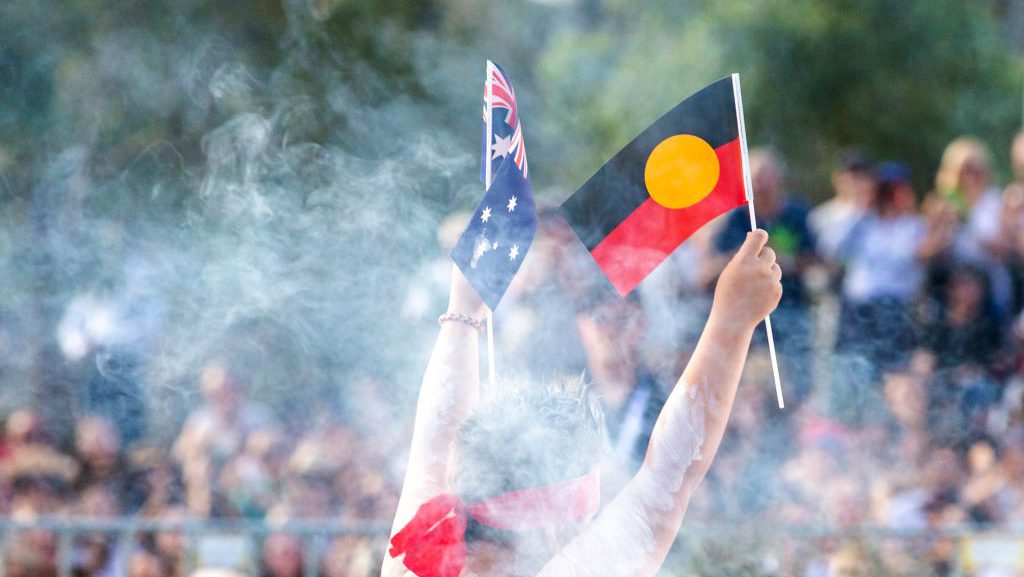
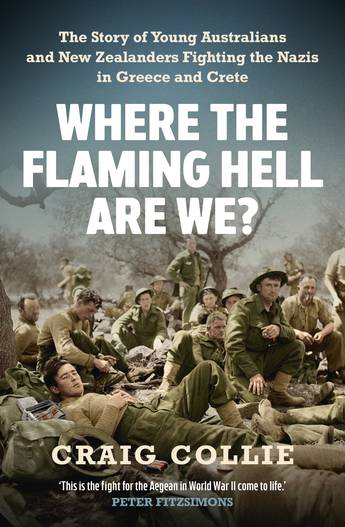
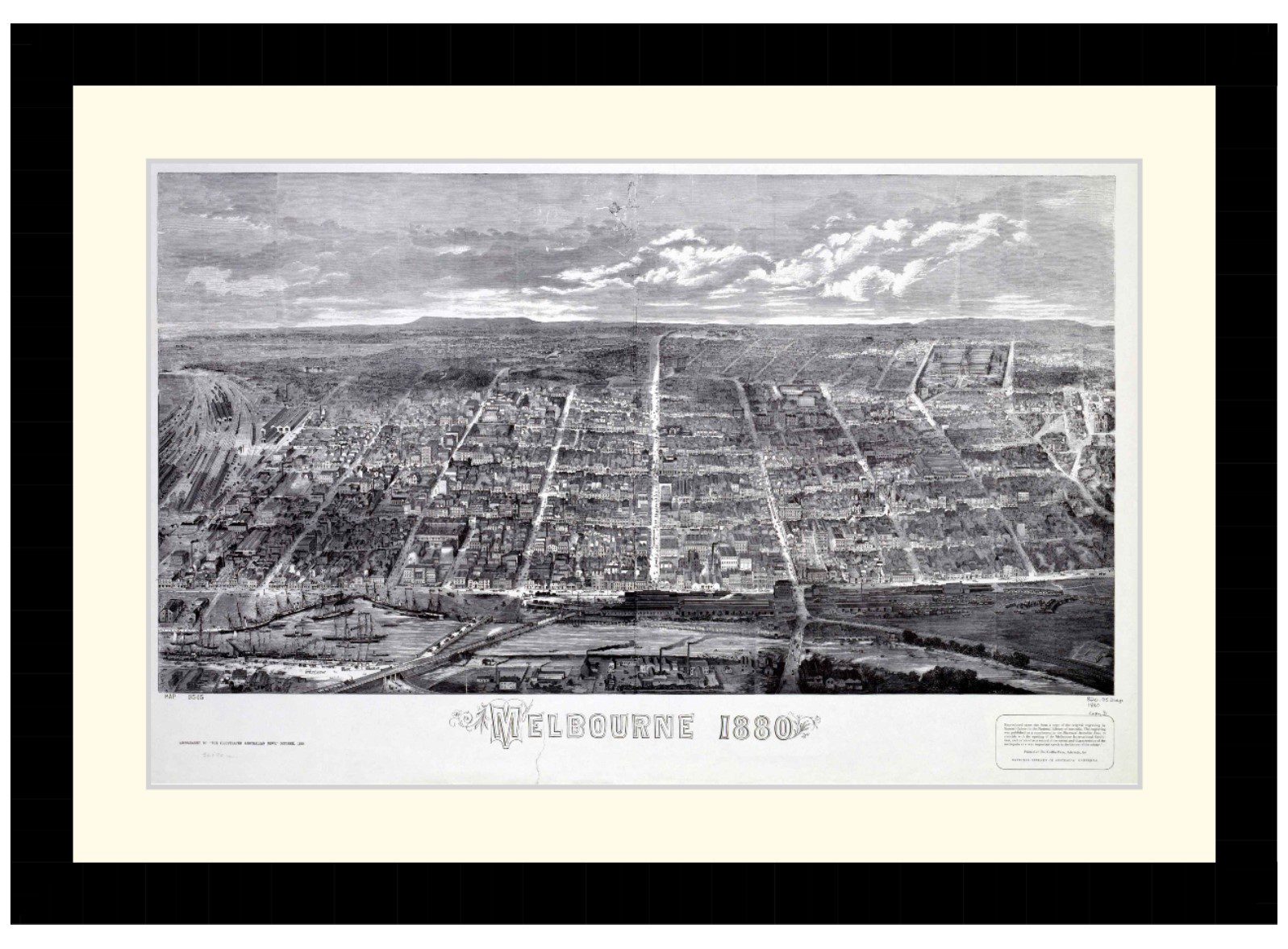
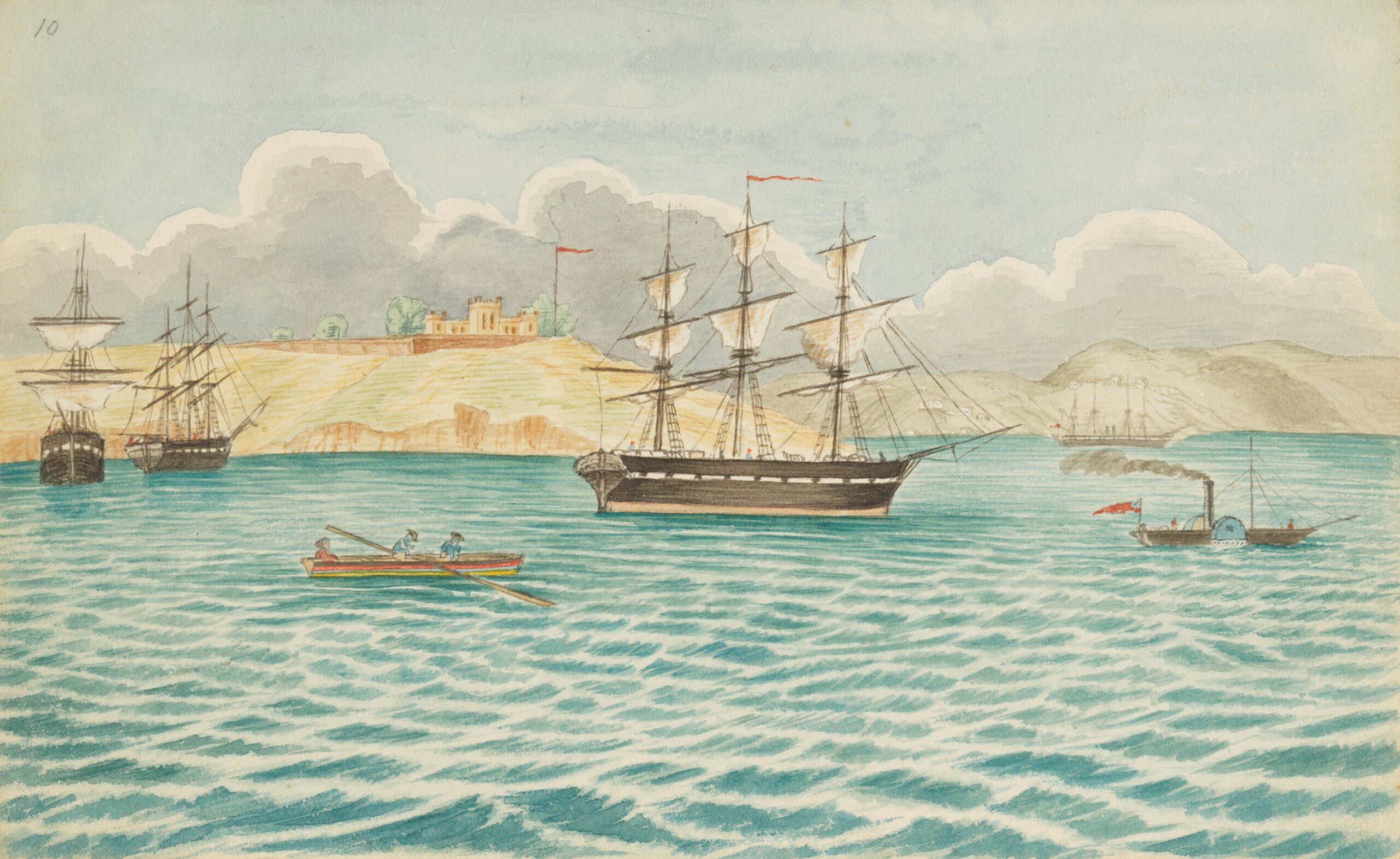
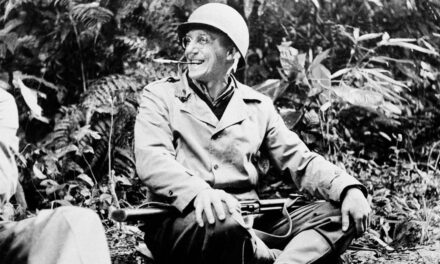

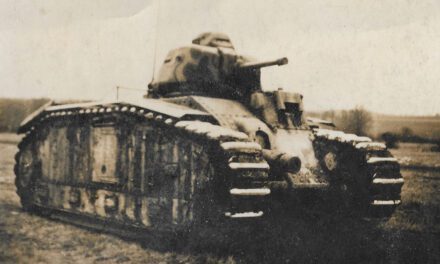
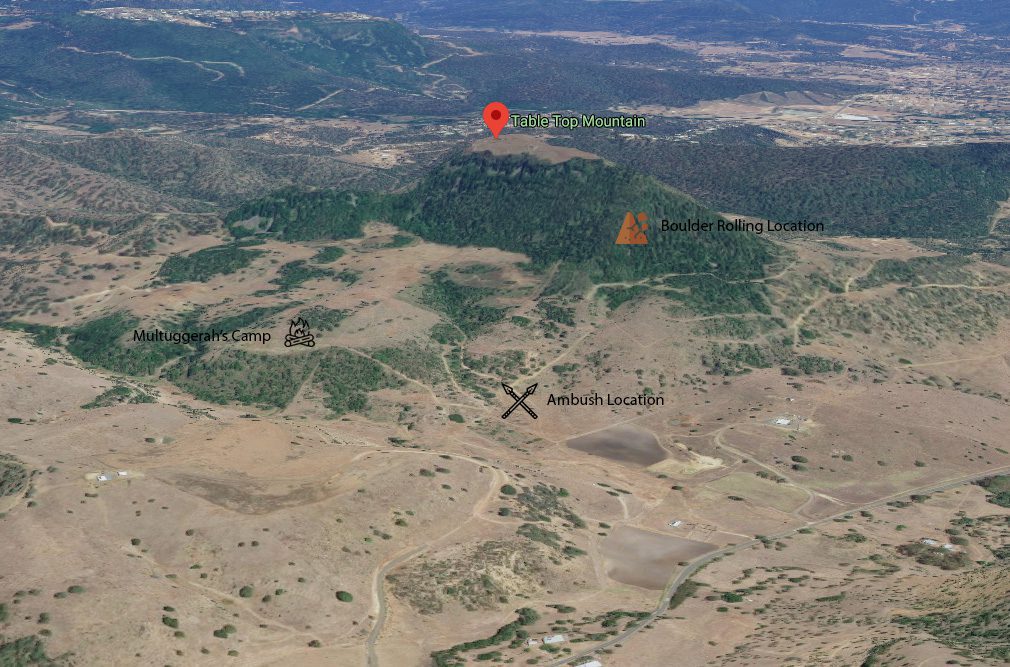
A really outstanding collection. And as a long retired naval aviator I am pleased to see VH UZO in good hands and being taken good care. The aircraft which is one of the most storied in Australia was originally gifted to the Fleet Air Arm Museum but then for unknown undisclosed reason gifted to RAAF. During WW2 the aircraft flew with the US Department of Air Transport. An incredible outfit which did vital work keeping supply and logistics chains operational. In charge of that organisation for a while was Harold Gatty a well known pioneering air navigator who was given the honorary rank of Group Captain in the RAAF while he headed Dept of Air Transport. Harold Gatty had previously served a short period in The RAN during the WW1 years but did not graduate from Naval College here in Jervis Bay near Nowra. As notable is the very close similarity of VH UZO to Amelia Earhart’s and Fred Noonan’s Electra which will surely be found soon off Howland Island. I was reminded of UZO today when I saw an article online about how several museums including one in her home town in Kansas are keeping Amelia’s and Fred’s memory alive. UZO is still a beautiful aircraft. I am glad that Amberley is looking after her. Out of interest I researched Navy’s disposal document covering the transfer of UZO to RAAF Amberley. Reason given and countersigned by I recall 3 naval officers was “No relevance to naval aviation”. Enough said.